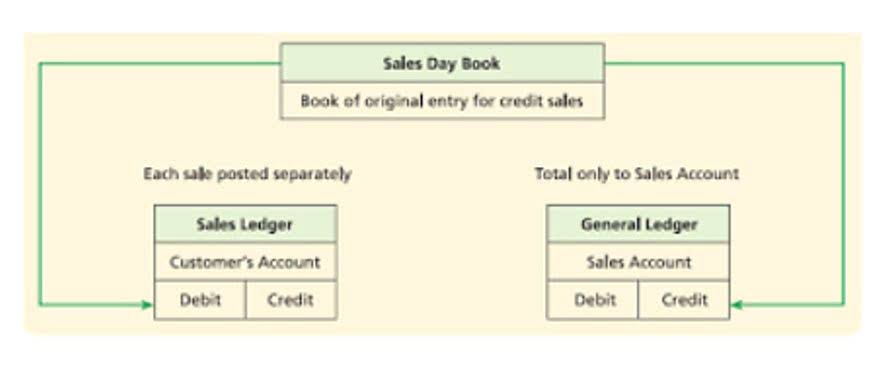
When you are running a business that manufactures Bookstime products, it’s critical to be on top of your financials. One aspect of your expenses that you will need to pay close attention to is your unit product cost. When production volume increases, the total variable costs increase, but the variable cost per unit generally remains constant. This consistency is key to understanding how these costs impact your overall profitability. Direct calculation works for businesses with a straightforward cost structure, and distinguishing fixed and variable costs is easy. For example, a small confectionary owner can easily distinguish between fixed costs like rent and salaries and variable costs such as flour, sugar, and labor.

Absorption Costing Vs Variable Costing
To calculate the variable cost per unit, the company requires two components, which include total variable expenses incurred during the period and the total level of production of the company. The indirect expense related to manufacturing a finished product that cannot be directly traced is the factory or manufacturing overheads. In other words, overheads are that cost that is neither direct material nor direct labor. how to find unit product cost That is why overheads are indirect costs that include indirect labor and material costs.
Cost control and efficiency
One of the essential steps in determining the product cost is calculating the total raw materials cost. This involves multiplying the unit cost by the quantity needed for each material and then summing up the total cost of all raw materials. Strategic reductions in material costs, combined with careful control over labour and overheads, pave the way for economies of scale as production volume increases. This attention to detail in unit costing enables informed decision-making that positively impacts both break-even points and overall financial success.

B. Summing up the total cost of all raw materials

While Greg can mark up the price of his candles (charging customers more than his competitor), he knows he should identify ways to reduce his costs to have a healthier margin. The more products your company sells, the more you might pay in commission to your salespeople as they win customers. Besides, you can consider partnering with third-party logistics service providers to store and deliver products to your customers.
Breaking Down the Cost Per Unit Formula

From small business owners and entrepreneurs to managers in a corporate organization, this guide strives to offer practical recommendations and strategies that enable better decision-making. No, absorption costing includes both fixed and variable costs in the cost of goods sold, whereas variable costing only includes variable costs. Absorption costing is a method of costing that includes all direct and indirect production costs in the cost of goods sold. Raw materials, labor, and commissions might be few examples of the costs incurred by an organization.
Grow your maker business!
- To begin with, you can outsource non-core tasks to specialized service providers instead of handling everything in-house.
- For instance, in the examples above, the cost to run the granola oven and the insurance needed to operate the plant were included.
- You need to have your full team of five on staff to produce the shirts on time, and it will take them two days.
- Begin by making a list of all direct costs involved in creating your product and identifying the total monetary value for each component.
- Innovative sourcing can also involve forming partnerships or bulk-buying agreements which further reduce costs and drive down costs.
- Yes, for accurate product pricing and profitability analysis, you should calculate absorption costs for each product, especially if production costs vary between products.
These include relevant range, degree of leverage, and contribution margin. As a company strives to produce more output, it is likely to require additional power, resulting in increased variable utility costs. Variable costs are usually viewed as short-term costs as they can be adjusted quickly. For example, if a company is having cash flow issues, it may immediately decide to alter production to reduce costs. Profit per unit is the amount of money earned from selling one unit of a product or service after subtracting the cost of the unit from the selling price. It often aggregates various cost components into a single figure, ignoring nuances and intricacies within different cost categories.

ways to reduce your cost per unit
Strategically aligning your pricing structure with these insights helps meet financial goals and caters to market demand effectively. Monitoring https://sdhub.vendraminictc.org/sdhub/2022/03/25/semimonthly-vs-biweekly-payroll-whats-the/ these metrics closely guides you in making informed decisions about product pricing, ultimately impacting revenue and business growth. Variable costs mean all those production costs that remain constant per unit but change with the variation in the volume of production. Despite the various advantages mentioned above, there are a few factors from the other end of the spectrum that act as a hassle for businesses.